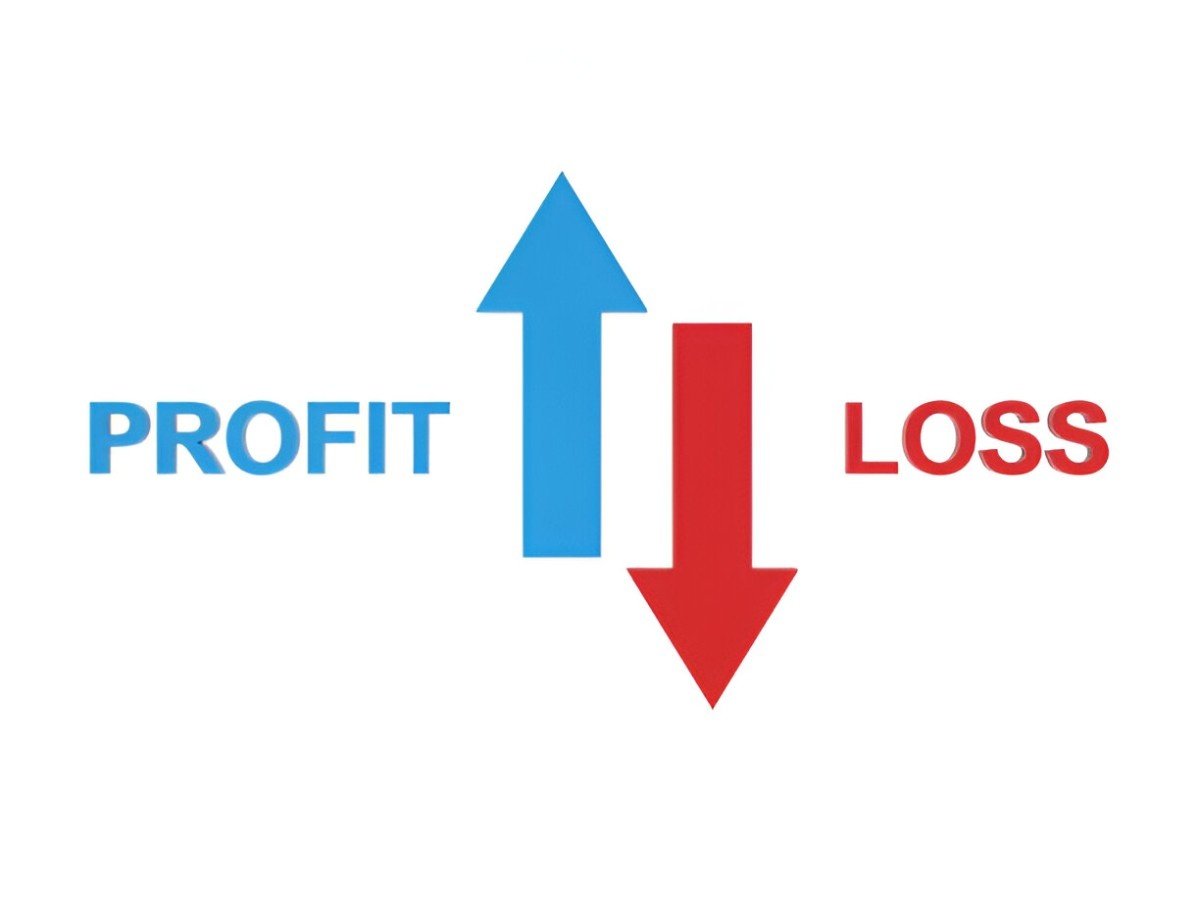Risk management is not just about avoiding losses—it’s about ensuring business continuity. One of the most misunderstood yet critical tools in this space is the Loss-of-Profits (LOP) policy, also known as Business Interruption Insurance. Many business owners assume standard property insurance covers revenue losses from disruptions, but that’s rarely the case. In this guide, I’ll break down how LOP policies work, why they matter, and how to assess whether your business needs one.
Table of Contents
What Is a Loss-of-Profits Policy?
A Loss-of-Profits policy compensates businesses for income lost due to unforeseen interruptions—fires, natural disasters, or even supply chain breakdowns. Unlike property insurance, which covers physical damage, LOP insurance focuses on the financial fallout when operations halt.
Key Components of an LOP Policy
- Indemnity Period – The timeframe during which the insurer covers lost profits (e.g., 6–24 months).
- Gross Profit Definition – Typically calculated as:
Gross\ Profit = Net\ Profit + Fixed\ Costs - Coverage Triggers – Physical damage, government orders, or supplier failures (varies by policy).
Why Standard Insurance Isn’t Enough
Imagine a bakery loses its oven in a fire. Property insurance pays for a new oven, but what about the lost revenue while the bakery is closed? Without an LOP policy, the owner must absorb those losses.
Comparison: Property Insurance vs. LOP Policy
| Feature | Property Insurance | LOP Policy |
|---|---|---|
| Coverage Scope | Physical asset damage | Lost income due to downtime |
| Payout Trigger | Damage to insured property | Business interruption |
| Duration of Coverage | One-time repair/replacement | Ongoing (indemnity period) |
Calculating Loss of Profits
Insurers use historical financial data to project losses. Suppose a manufacturing firm with Gross\ Profit = \$500,000 annually shuts down for three months due to equipment failure. The estimated loss would be:
Adjustments for Variable Costs
If the business saves \$20,000 in variable costs during closure, the claim adjusts to:
Adjusted\ Claim = \$125,000 - \$20,000 = \$105,000Common Pitfalls in LOP Policies
- Underinsurance – Using outdated financials leads to insufficient coverage.
- Overlooking Extended Indemnity – Some disruptions last longer than expected.
- Exclusions – Pandemics or cyberattacks may not be covered without riders.
Real-World Example: Hurricane Katrina
Many New Orleans businesses had LOP policies but didn’t account for prolonged closures. Those with 12-month indemnity periods exhausted coverage before fully recovering.
How to Choose the Right Policy
- Assess Historical Revenue Trends – Use at least three years of data.
- Evaluate Risk Exposure – Does your region face floods, wildfires, or civil unrest?
- Negotiate Custom Clauses – Add contingent business interruption for supplier risks.
Sample Premium Calculation
For a business with \$1M in annual gross profit and a 12-month indemnity period, premiums might range from \$5,000–\$15,000 annually, depending on risk factors.
Final Thoughts
Loss-of-Profits insurance isn’t optional for businesses reliant on continuous operations. By understanding policy mechanics and avoiding common mistakes, you can safeguard your revenue streams against the unexpected. If you’re still unsure, consult a risk management specialist to tailor coverage to your needs.





